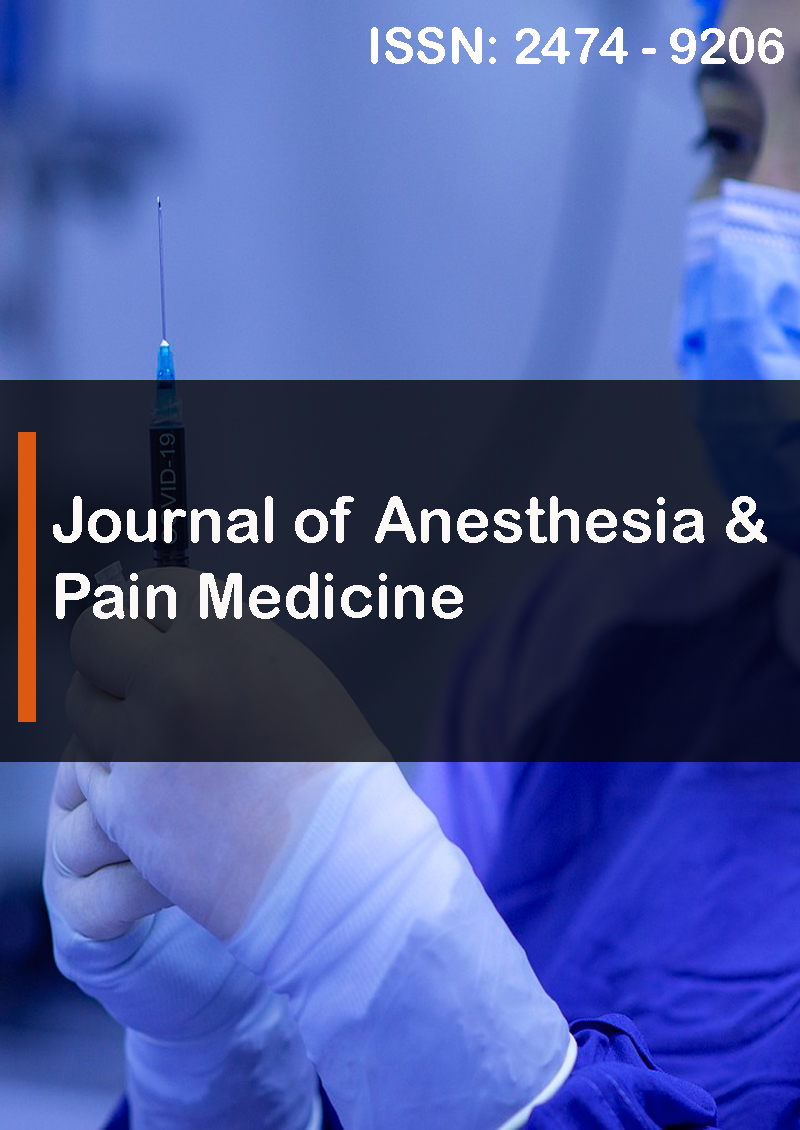Posterior Spinal Anesthesia for Bilateral Calcaneous Fracture in Cardiac Patients: A Case Report
Abstract
Luiz Eduardo Imbelloni, Larisse Gomes Figueiredo, Jorge Augusto C. Santos and Alexandre A. Galvao
Background: The calcaneal is more likely bone to be fractured between the tarsus bone. We report a case of a posterior spinal anesthesia without any degree of motor block, for a bilateral calcaneous fracture in cardiac patients.
Case Report: A 51-year-old male (height 1.70 m, weight 75 kg, ASA II), cigarette smoking, diabetes, hypertension, was admitted for treatment of bilateral fracture of the calcaneus. Chest X-ray were normal. ECG showed left bundle branch block. Heat disease with congestive heart failure NYHA class II treated with captopril 50 mg, amiodarone 200 mg, spinolactone 25 mg, caverdilol 12.5 mg and furosemide 40 mg. The blood examination revealed: red blood cells (4,290,000/mm3 )), hemoglobin (15.3 g/dL) and hematocrit (42.8%). Routine monitoring. Spinal puncture was performed with the patient in the prone position, in the L2 -L3 interspaces using 26 G Quincke. After appearance of cerebrospinal fluid (CSF) 6 mg of 0.15% hypobaric bupivacaine were administered at a speed of 1 mL.15s-1, obtaining sensory level at T10 and no motor block of limbs. The operation lasted 50 minutes and was maintained during surgery motor function of lower limbs, without hypotension, bradycardia or decreased oxygen saturation. Bilateral sciatic nerve block was performed in the popliteal region with neurostimulator and needle A50 and injection of 20 mL of 0.2% levopubivacaine on each nerve for postoperative analgesia.
Conclusions: The main advantage of this method of spinal block for this procedure includes hemodynamic stability, patient satisfaction with the absence of motor block in the lower limbs, fast recovery and no urinary retention. In addition, the patient is already anesthetized in the position in which he will be operated (ventral decubitus)



